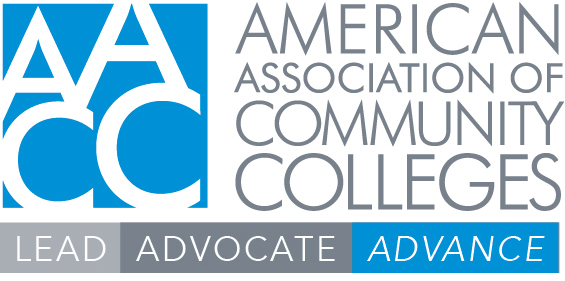Republicans on the House Education and the Workforce Committee last week released an institutional impact analysis of key portions of H.R. 6951, known as the College Cost Reduction Act, which was passed by the committee on a party line vote in late January. The analysis focused on the bill’s risk-sharing provisions as well its “Promise Grants.”

The bill also addresses accreditation, student data collection policies, Title IV program eligibility, transfer, regulatory relief and other major issues. The American Association of Community Colleges (AACC) opposes the legislation, primarily due to the bill’s risk-sharing component.
In releasing the analysis, the committee stated that, “There is bipartisan agreement that student loan debt is too high, completion rates are too low, and far too many students are left worse off after paying for postsecondary education than if they had never enrolled in the first place.”
What the numbers mean for community college
The analysis provided by the committee cannot be reliably assessed at this time, as the legislative formula that it is based on is extremely complex, and the data on which it relies are not fully available. According to the committee, more than two-thirds of all community college students would attend institutions that, on balance, receive more funding from the Promise Grants, which are based on institutional outcomes, than they would lose through the loan-related reimbursements they would have to make.
That said, and stipulating that the committee’s projections are accurate, it is unclear how most if not all community colleges would be able to identify the funds mandated by the bill’s risk-sharing provisions. Even if those same institutions were to receive offsetting Promise Grants, those funds would likely be tendered on a different timetable.
AACC notes that colleges receive Promise Grants based on the percentage of their students who graduate within 100% of the normal time for completion – in other words, two years. This makes the Promise Grant significantly less accessible to community colleges.
Next?
All signs point to committee chair Virginia Foxx’s (R-North Carolina) commitment to bring this legislation to the House floor, though the razor-thin House majority makes that a real challenge. In any case, community colleges may well want to be aware of the projected potential impact of the legislation on their campuses, should the legislation or something like it emerge at some point.
There is almost no chance that the legislation will be enacted in the 118th Congress; however, the concept of risk-sharing has gained a tenacious grip on lawmakers of both parties.
AACC’s government relations team will host a webinar focused on a variety of federal regulatory issues on May 9 at 1:00 EDT. Register today.





